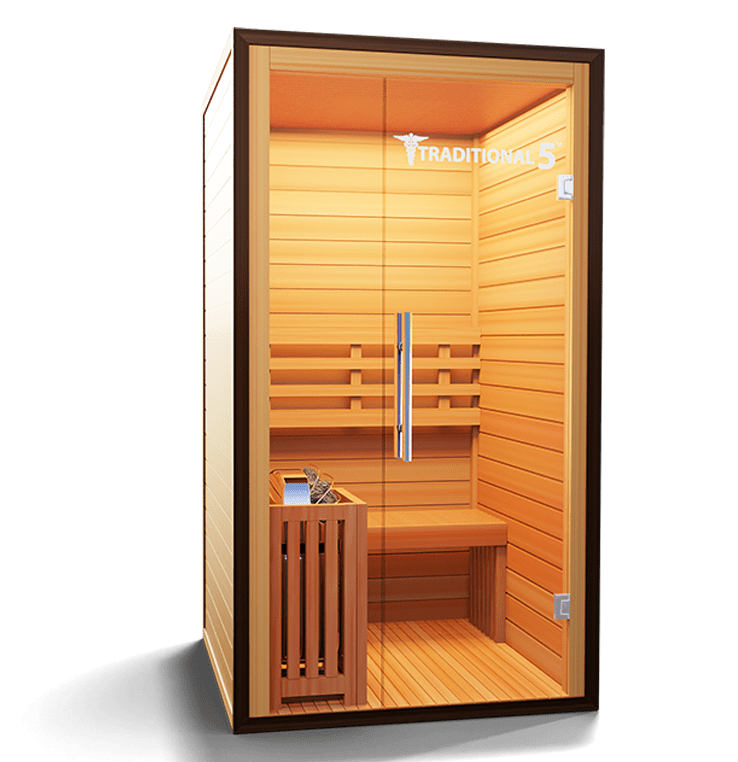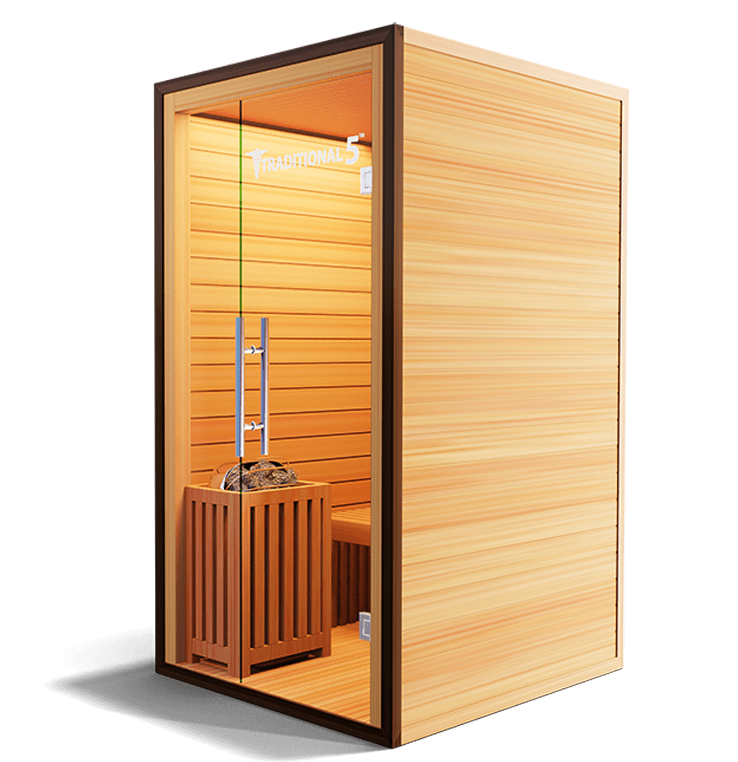Some Ideas on Traditional Sauna You Need To Know
Some Ideas on Traditional Sauna You Need To Know
Blog Article
The Facts About Traditional Sauna Uncovered
Table of ContentsIndicators on Traditional Sauna You Need To KnowWhat Does Traditional Sauna Do?The smart Trick of Traditional Sauna That Nobody is Talking AboutTraditional Sauna for DummiesWhat Does Traditional Sauna Do?
A lot of the weight shed in a sauna is water loss and is re-gained upon rehydrating. Without an uncertainty sauna can be a vital component of a healthy and balanced weight loss program. To look at the differences in between traditional and IR saunas, I will certainly divide these right into proven, academic, and produced differences.Thus, the hottest point in the saunawhich is at the ceiling straight over the sauna heateris commonly in between 185 and 190 F. Claims that a traditional sauna exceeds 200 F is simply not true and not suitable for electrical saunas marketed in the United States. The temperature level for a far-infrared sauna is normally set between 120 and 140 F; however, unlike the traditional sauna, the goal in and IR room is not to attain a high temperature level.

When a typical sauna has been properly heated up, the sauna walls are cozy, the air temperature level has attained set temperature level and the rocks are very warmed. As a fascinating side note, the warmed walls and the rocks are producing far-infrared warm, combined with the warmed air, to create an "covering warmth".
Not known Incorrect Statements About Traditional Sauna
When the high temperature is attained, the elements cycle on and off to maintain the high temperature. The majority of traditional sauna users take pleasure in putting water over the rocks to create steam to increase sauna moisture degrees. The advantages of putting water over the rocks include: making the room much more comfy, dampening the nasal flows, and permitting the usage of aromatherapy by mixing important oils with the water.

When the power gets in the body, it triggers the body temperature to enhance and eventually leads to perspiration. In an infrared sauna it's essential for the emitters/heaters to continue to be on virtually regularly. Since there is no mass of rocks to keep warmth, the sauna will cool down if the emitters turned off.
4 Easy Facts About Traditional Sauna Explained
As stated above, the sauna bather in an infrared area intends to position himself before operating emitters to obtain maximum gain from the heat. The home heating time for the two areas can be extremely different, relying on how the areas are utilized. For a traditional sauna, a bather must allow 30-40 mins for the room to attain a desired temperature level and to correctly pre-heat the rocks.

A well built sauna will commonly achieve a temperature of 150-160 F in regarding 30-40 mins. For hotter temperatures, the room may need to warm for a longer duration.
To some, 15 mins was "thrown away" while the infrared power heated the wood panels instead of heating up a body, while read others locate a pre-heated area to be more comfortable and think a raised beginning temperature level is essential to start sweating. The size of advised usage for each and every area is about the very same (10-15 mins per session); nonetheless, as a result of the Visit Website reduced air temperature levels and the capability to feel the impacts of infrared heat faster than a conventional sauna, it is not uncommon for a person to invest a total amount of 20-30 mins in an infrared sauna.
Traditional Sauna Fundamentals Explained

The typical price per kWH of electrical power in the united state is approximately $0.11, so a 4.5 kW heating unit will certainly cost roughly $.50 to compete one hour, if the heating system runs continually for one hour. Typically a sauna heating unit will certainly compete 75% of the first hour and 50% of subsequent hours on considering that the components cycle once the set temperature level is accomplished.
A 2 person far-infrared room is usually literally smaller sized than a conventional sauna, usually about 4' x 4' or smaller. The IR heater is commonly 1.5-1.7 kW using a 120 volt 15 amp plug-in solution. Given that the room can be used faster than a sauna area, we will certainly think the area is used for to of an hour including heat up time.
There is a hardly ever reviewed distinction in the social experience in between the 2 spaces. While our society has lost a few of the social benefit of the conventional sauna experience, it can be extremely socially satisfying (Traditional Sauna). From household time in the sauna, to heart-felt conversations with better halves, to sauna partiesthe traditional sauna experience can lead to intimate socializing
How Traditional Sauna can Save You Time, Stress, and Money.
The majority of higher end infrared areas include tinted light therapy, noise systems and full-glass fronts.
Report this page